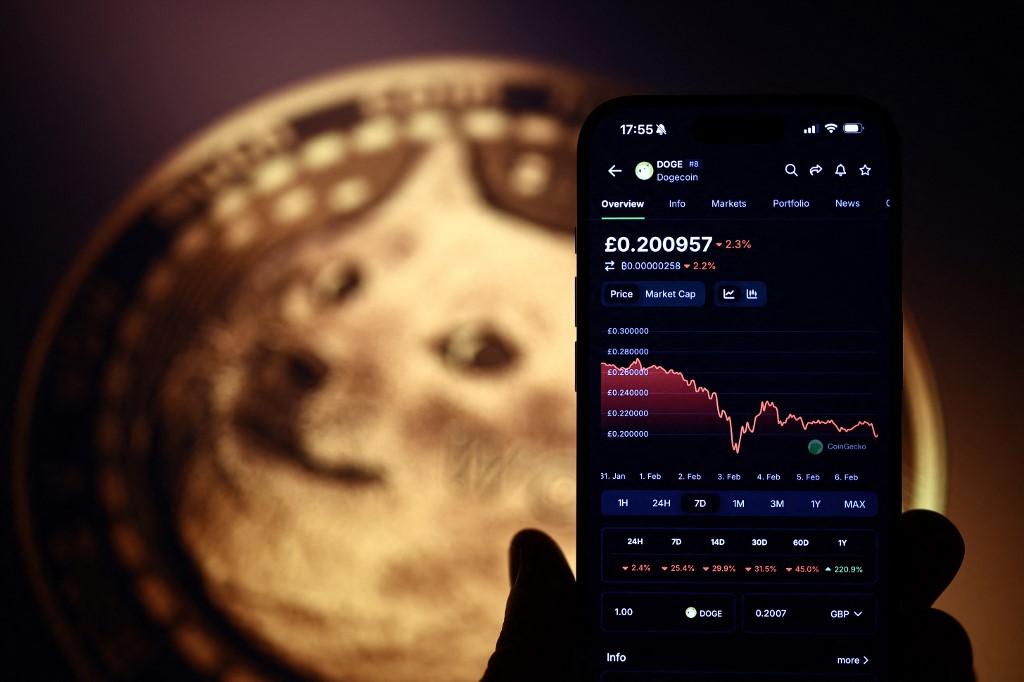How Cryptocurrencies Are Changing the Financial Industry
-
 Jason Lake
Jason Lake
- February 9, 2025

It’s all just money in the end. Cryptocurrency might be a technologically superior form of money, one that allows us to conduct business far more efficiently than “fiat” currency, but whether you’re buying something in Bitcoin (BTC), Ethereum (ETH) or good ol’ American greenbacks (USD), the same two questions apply:
- What are you buying?
- What are the consequences of your purchase?
The “you” in question today is the financial industry – we’ll focus on the United States for now, although the crypto news is pretty much the same wherever you go. Cryptocurrency does not care for international borders, or industries for that matter. Those are just constructs; let’s take a closer look at how actual Americans are changing the way they do finance in the Bitcoin Era, and see if we can make the future a little less hazy.
What Are People Buying With Crypto?
Pizza. Okay, spending Bitcoin or other digital coins on everyday goods is still quite rare, but in the wild world of finance, we’re dealing specifically in financial assets like equity, derivatives, forex and debt. Commodities don’t count. Neither does real estate, or intellectual property.
As we’ve discussed previously in this space, much of what happens in crypto finance boils down to:
- Lending
- Borrowing
- Staking
You can use a DeFi platform like Aave to lend and borrow; most major crypto exchanges, including Binance and Coinbase, let you stake your crypto assets and collect rewards as a form of interest.
There’s also a growing financial market for crypto-backed credit cards and debit cards. These cards make it easier for you to spend your crypto by converting it to USD at the point of purchase. You get the usual cashback and other reward programs as well, depending on whether you get your card from Crypto.com or Gemini or whomever. They get interest on your debt, plus whatever fees they charge.
What About Crypto Regulations?
This is where things really get juicy. There are certain legal limits in the U.S. to what you’re allowed to do in crypto finance, as enforced by the SEC (Securities and Exchange Commission) and the CFTC (Commodity Futures Trading Commission). However, the new Donald Trump-Elon Musk Regime is all about changing and removing those restrictions.
On January 23, Trump signed an executive order creating the President’s Working Group on Digital Asset Markets – as led by venture capitalist David Sacks. Under his thumb will be the incoming heads of the SEC and CFTC, who will replace Gary Gensler and Rostin Benham respectively after they resigned effective Inauguration Day on January 20.
On the SEC side, acting chair Mark Uyeda announced the creation of the Crypto Task Force on January 21, also with an eye on tearing down the old rules. And CFTC acting chair Caroline Pham has been hard at work trying to undo the regulations of the past four years, including those that saw predictions markets Kalshi and Polymarket shut down in 2024 while they were in court.
Why Is This Happening?
We can’t (and won’t) read everything that’s happening in the minds of the players on stage, but if you’ve been paying attention, you know that Peter Thiel, one of Musk’s “PayPal Mafia” colleagues, invested $70 million in Polymarket last year. Looks like his investment is paying off in spades.
It’s basically the same across the fintech space. On February 1, Trump fired Rohit Chopra, the head of the CFPB (Consumer Financial Protection Bureau), who in 2021 ordered the closure of LendUp (backed in part by PayPal Holdings) for lying to customers. The CFPB was also looking closely at Meta last year regarding their use of personal financial data to create targeted advertising.
As they say, one hand washes the other. But none of this would be happening if crypto weren’t already capable of transcending those borders and enriching its users. There may be certain limits to what the Trump-Musk Regime can do – they’re already being challenged in court on multiple fronts – but change is already here; expect the continued dismantling of the “old” financial world, and more of that activity migrating onto the blockchain.











